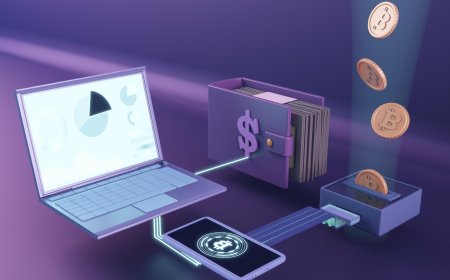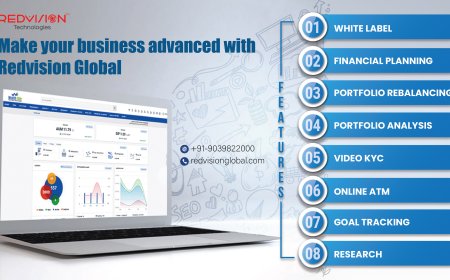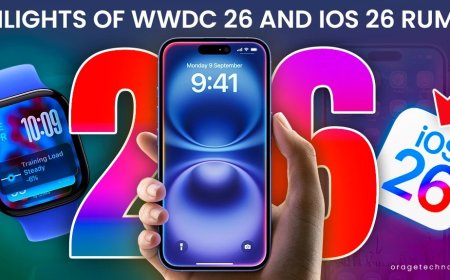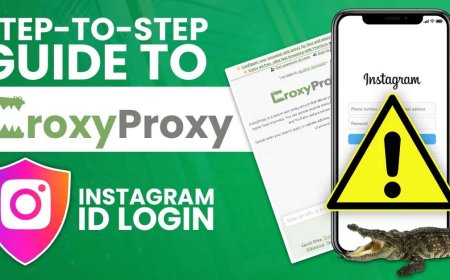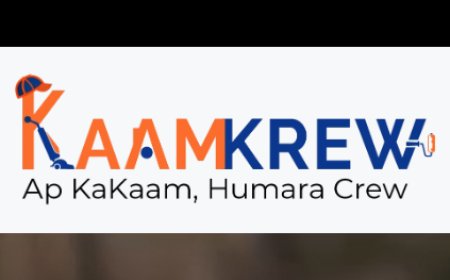How Does a Loan Against Digital Gold Differ from Traditional Gold Loans?
Gold has been long revered as a symbol of wealth, stability, and security. Traditionally, gold has served as a financial lifeline for countless individuals who turn to gold loans during times of financial need.
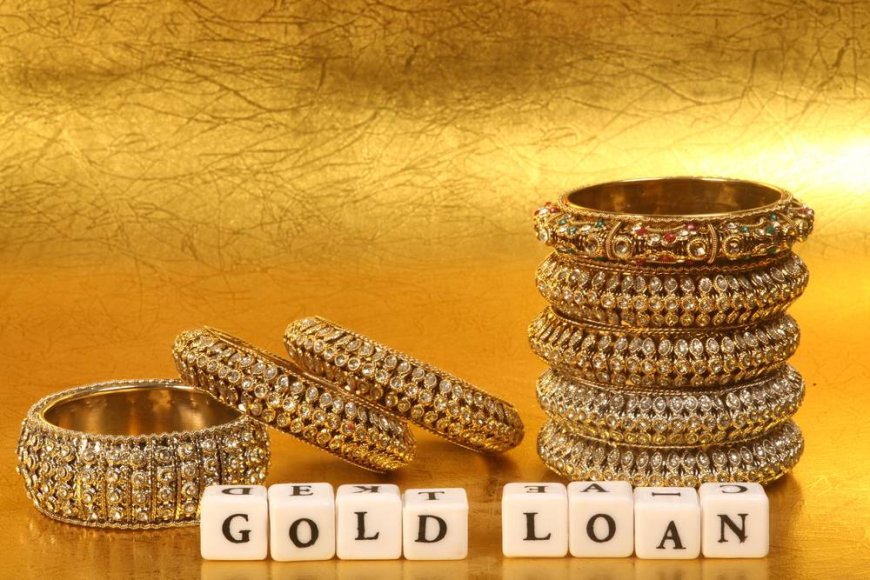
Gold has been long revered as a symbol of wealth, stability, and security. Traditionally, gold has served as a financial lifeline for countless individuals who turn to gold loans during times of financial need. But with the advent of digitization, the concept of owning gold has evolved, bringing us digital gold a convenient and modern way to invest in gold assets. As digital gold gains traction, financial institutions have introduced a loan against digital gold as an innovative borrowing option. This raises a pertinent question: how does a loan against digital gold differ from traditional gold loans? Lets explore this in detail.
Understanding the Basics: Digital Gold vs Physical Gold
Before addressing the differences in the loan options, its essential to understand the distinction between digital gold and physical gold. Traditional gold refers to the physical gold you own as coins, bars, or jewelry. It requires storage, security, and physical possession. Conversely, digital gold is essentially a virtual form of gold that you can buy, sell, or own online without needing to store it physically. Financial institutions like MMTC?PAMP, SafeGold, and others enable customers to buy fractional amounts of gold digitally, and this gold is backed by physical reserves stored in vaults.
Digital gold is increasingly popular for its ease of purchase, affordability, transparency, and no?storage liability. With this shift in ownership options, its no surprise that loans against gold have also diversified, catering to both physical and digital gold assets.
What Is a Loan Against Digital Gold?
A loan against digital gold is a type of secured loan where your digital gold holdings are pledged as collateral to borrow money. Unlike a traditional gold loan where you hand over physical gold to the lender, in the case of digital gold, the collateral exists as a record in your online account. Financial institutions evaluate the loan amount based on the value of the digital gold secured, offering you the flexibility to access funds without liquidating your investment.
On the other hand, traditional gold loans involve pledging physical gold, such as jewelry or gold coins, to a lender in exchange for cash. The pledged gold is stored securely by the lender until the borrower repays both the loan amount and applicable interest. Gold loans have traditionally been a go?to financial product, especially in times of emergency.
While the fundamental concept of pledging gold for loans remains central to both offerings, loans against digital gold are distinctly modern and tech?driven, with differences in process, eligibility, and convenience.
Key Differences Between Loan Against Digital Gold and Traditional Gold Loans
1. Collateral
-
Loan Against Digital Gold:
Here, your digital gold purchased via platforms such as SafeGold or MMTC?PAMP serves as security. Because theres no physical asset involved in the borrowing process, the loan is more paperless, hassle?free, and entirely digital.
-
Traditional Gold Loan:
This loan requires physical gold in the form of jewelry, bars, or coins to be physically submitted to the lender. The gold is evaluated for purity and value, and lenders deduct any impurity or alloy while determining the loan amount.
2. Ownership Transfer
-
Digital Gold Loans:
When availing of a loan against digital gold, the lender doesnt require physical possession of your collateral. Instead, they use the digital gold account to freeze or hold the pledged gold amount digitally while retaining its backing in actual reserves.
-
Traditional Gold Loans:
In the case of physical gold loans, borrowers must surrender their gold jewelry or assets to the lender in exchange for funds. This transfer is tangible, and the gold remains with the lender until you repay the loan entirely.
3. Convenience and Accessibility
-
Loan Against Digital Gold:
The entire process is seamless, online, and accessible from the comfort of your home. By simply pledging your digital gold through authorized loan providers, you can get funds quickly without having to visit a physical branch or worry about transportation.
-
Traditional Gold Loan:
Despite being widely available, traditional gold loans require physical travel and submission of your gold. Processing times can be longer since the evaluation of physical gold assets can take time.
4. Loan Amount Limitations
-
Digital Gold Loans:
Because digital gold is a fractional and relatively smaller investment for many, loans against digital gold may have a lower upper cap when compared to physical gold loans. This is something to consider for individuals looking for higher loan amounts.
-
Traditional Gold Loans:
Since traditional gold loans hinge on physical gold assets, borrowers generally can access larger loan amounts. For example, if you own a significant quantity of gold jewelry or bullion, lenders may approve higher amounts.
5. Security and Risk of Loss
-
Digital Gold Loans:
One of the biggest advantages of loans against digital gold is the absence of physical risk. Since the gold is virtual and locked in secure reserves, borrowers dont need to worry about theft, damage, or loss of assets during the loan tenure.
-
Traditional Gold Loans:
In traditional gold loans, the pledged gold stays with the lender, and while it is kept under secure conditions, some borrowers may still feel uneasy about surrendering valuable jewelry for lending purposes.
6. Gold Loan Rate in Mumbai
The interest rates for loans vary based on market practices, location, and lender?specific policies.
-
Digital Gold Loans:
In cities like Mumbai, where technology and financial digitization are advancing rapidly, loans against digital gold may come with competitive rates due to increased adoption by fintech companies. Interest rates here are often on par with unsecured loans or competitive traditional loans.
-
Traditional Gold Loans:
The gold loan rate in Mumbai for traditional loans tends to follow more conventional financial trends, with interest rates varying between 7% and 17% or higher, depending on the golds value, purity, and lender policies.
Pros and Cons of Loan Against Digital Gold
Pros
-
Fully digital, seamless process.
-
No need for physical transportation or custody of gold.
-
Secure transactions supported by financial technology platforms.
-
Minimal documentation in comparison to traditional gold loans.
Cons
-
Loan amounts may have limitations due to the relatively smaller investments in digital gold.
-
Not yet as widespread as traditional gold loans, which are universally accepted across large networks.
Pros and Cons of Traditional Gold Loans
Pros
-
High loan amounts due to larger gold possessions.
-
Well?established lending infrastructure.
-
Availability in both urban and rural areas, including diverse options in Mumbai.
Cons
-
Requires physical submission of gold, leading to risk during transport.
-
More paperwork and gold evaluation processes.
-
Limited flexibility in accessing loans remotely.
Is a Loan Against Digital Gold Right for You?
Determining the best loan option depends heavily on your circumstances, financial needs, and preferences. If youre an investor who owns digital gold and values convenience, a loan against digital gold can be an excellent modern solution. On the other hand, if you possess physical gold assets, such as family heirlooms or large quantities of jewelry, and need larger loan amounts, traditional gold loans may remain the better option.
For those living in bustling cities like Mumbai, where the gold loan rate in Mumbai plays a critical role in decision?making, comparing offerings from fintech platforms and local lenders is an important step before finalizing your choice.
Conclusion
As the financial landscape continues to evolve, borrowers are benefiting from innovation in gold?based loan products. While the traditional gold loan remains a staple for millions, loans against digital gold are gaining popularity due to their convenience, security, and seamless digital processes. Understanding the differences between the two can guide borrowers in making informed choices based on their asset type, loan requirements, and comfort level.
Gold has always been synonymous with stability, and whether physical or digital, it constitutes a valuable resource for financial liquidity. By evaluating the latest options, including attention to interest rates like the gold loan rate in Mumbai, borrowers can maximize their financial returns and minimize associated risks.







